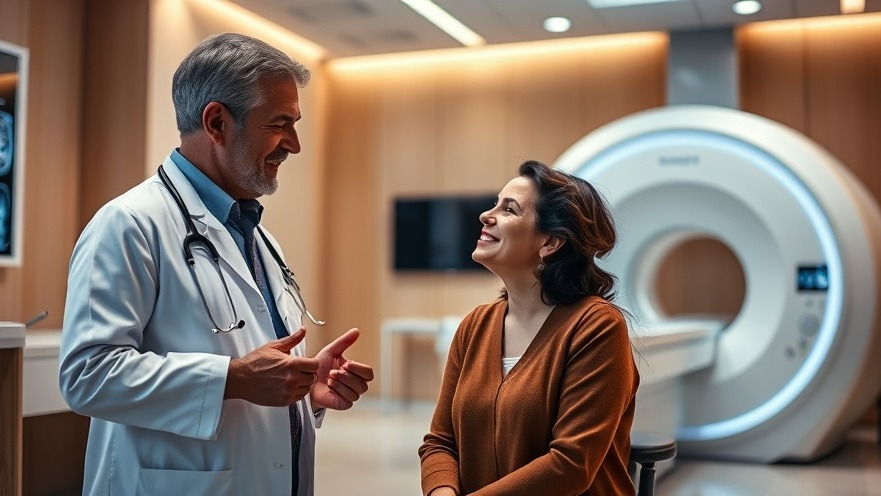
Understanding the Shift: Multiparametric MRI for MASLD
In recent years, the way we diagnose liver diseases has taken a significant turn. Particularly, the suspected Metabolic Dysfunction-Associated Steatotic Liver Disease (MASLD) that has emerged as a prevalent concern requires innovative diagnostic approaches. This is where multiparametric MRI steps in, offering a non-invasive alternative that not only enhances diagnosis rates but also minimizes the burden on patients and healthcare systems.
Why Is This Important for Concierge Medical Practices?
As owners of concierge medical practices, your mission is to deliver exceptional patient care. By embracing cutting-edge technologies like multiparametric MRI, you can ensure that your patients receive timely and accurate diagnoses, fostering stronger doctor-patient relationships. This becomes even more crucial in cases where traditional methods, such as liver biopsies, create unnecessary stress for patients.
Higher Diagnosis Rates and Fewer Consults
The introduction of multiparametric MRI has demonstrated a significant increase in diagnosis rates across multiple hospitals. Patients who were subjected to standard care alone found themselves inundated with specialist appointments and assessments, prolonging their route to a diagnosis. On the other hand, the integration of multiparametric MRI not only streamlined this process but also proved to be cost-effective, enhancing overall patient satisfaction. Utilizing an innovative imaging technique in your practice can boost efficiency and position you as a leader in adopting modern diagnostic methods.
The Challenges of Traditional Diagnosis
Historically, diagnosing conditions like MASLD relied heavily on liver biopsies. This traditional method not only carries risks and discomfort but also entails a lengthy wait for pathology results. “[MASLD] has been termed a ‘silent killer’,”, states Dr. Elizabeth Shumbayawonda, indicating how initially, the disease manifests with little to no symptoms. By reducing reliance on these invasive methods, your practice can focus on patient comfort and safety.
Future Trends and Implications
Looking ahead, the prevalence of MASLD is expected to rise significantly. Studies show a potential increase of 20% over the next two decades. As a concierge practice owner, being ahead of such trends can position you favorably within your market. Adopting technologies like multiparametric MRI can not only improve the diagnostic process but also enhance the overall quality of care provided to your patients.
Actionable Insights: How to Implement This in Your Practice
The incorporation of multiparametric MRI technology requires thoughtful planning. Consider collaborating with diagnostic imaging centers that offer advanced MRI capabilities. Educate your patients about the benefits—emphasizing the reduced risks and expedited diagnosis that come with this method. This proactive approach will not only enhance patient trust but also set your practice apart from competitors.
In conclusion, adopting multiparametric MRI in diagnosing MASLD can redefine patient experiences and significantly increase the quality of care in concierge medical practices. Embracing such innovative diagnostic strategies is essential to remain at the forefront in delivering comprehensive healthcare.
 Add Row
Add Row  Add
Add 






Write A Comment